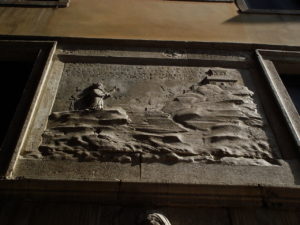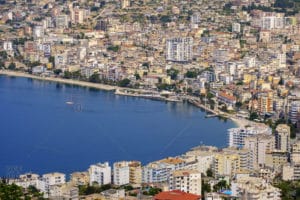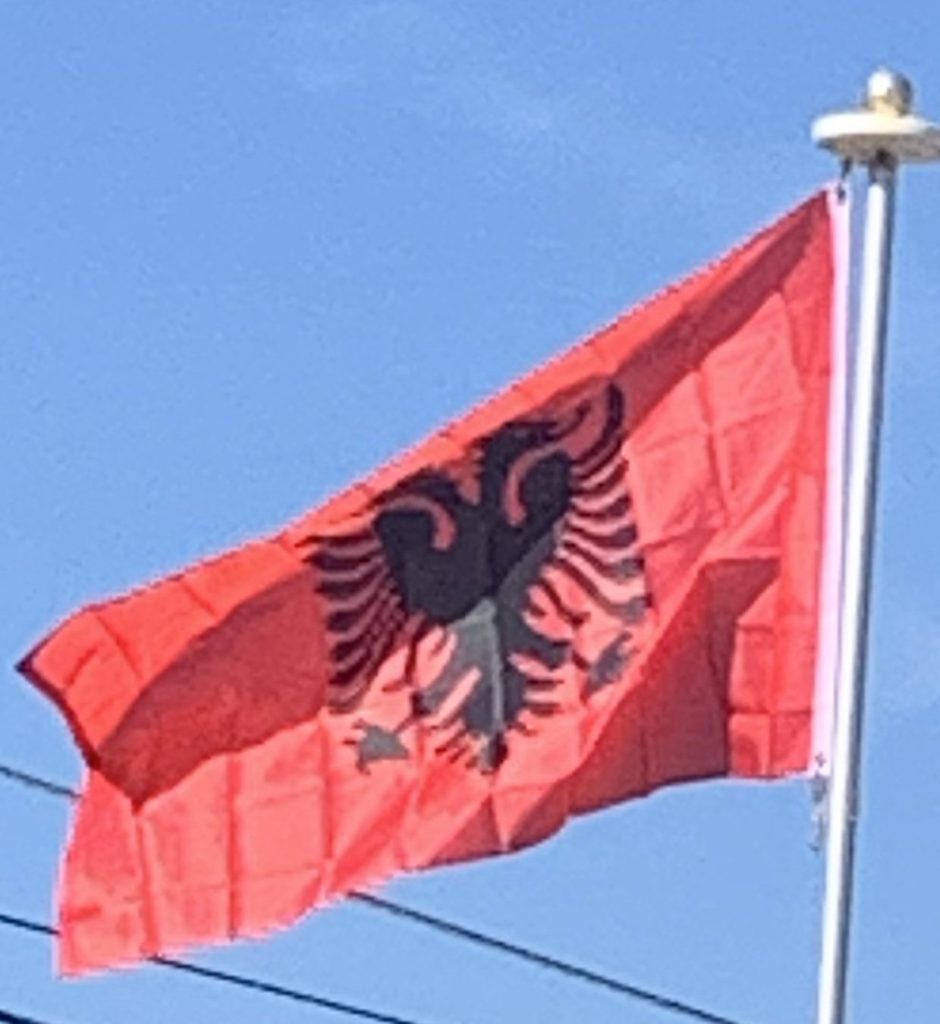At first the Ottoman authorities supported the League, whose initial position was based on the religious solidarity of Muslim landlords and people connected with the Ottoman administration. The Ottomans favoured and protected the Muslim solidarity and called for defense of Muslim lands, including present-day Bosnia and Herzegovina. This was the reason for naming the league The Committee of the Real Muslims.

The league issued a decree known as Kararname that contained a proclamation that the people from northern Albania, Epirus and Bosnia are willing to defend the territorial integrity of the Ottoman Empire by all possible means against the troops of the kingdoms of Bulgaria, Serbia and Montenegro. However, it was signed by 47 Muslim deputies of the league on 18 June 1878. Approximately 300 Muslims participated in the assembly, including delegates from Bosnia and mutasarrif of the Sanjak of Prizren as representatives of the central authorities and no delegates from Vilayet of Scutari.
The Ottomans cancelled their support when the league, under the influence of Abdyl Bey Frashëri, became focused on working toward the Albanian autonomy and requested merging of four Ottoman vilayets, which included Kosovo, Scutari, Monastir and Ioannina into a new vilayet within the empire, the Albanian Vilayet. The league used military force to prevent the annexing areas of Plav and Gusinje assigned to Montenegro by the Congress of Berlin. After several successful battles with Montenegrin troops such as in Novsice, under the pressure of the great powers, the league was forced to retreat from their contested regions of Plav and Gusinje and later on, the league was defeated by the Ottoman army sent by the Sultan.
Independence:
The independence of Albania from the Ottoman Empire was proclaimed on 28 November 1912 by Ismail Qemali in Vlorë. Immediately after, the leaders of the Assembly of Vlorë established the senate as well as the first government of the country on 4 December 1912 that consisted of only ten members.

The country’s independence was recognized by the Conference of London on 29 July 1913. The treaty delineated the borders of the country and its neighbors leaving many ethnic Albanians outside Albania. This population was largely divided between Montenegro and Serbia in the north and east and Greece in the south.
Headquartered in Vlorë, the International Commission of Control was established on 15 October 1913 to take care of the administration of newly established Albania, until its own political institutions were in order. The International Gendarmerie was established as the first law enforcement agency of the Principality of Albania. In November, the first gendarmerie members arrived in the country. Prince of Albania Wilhelm of Wied (Princ Vilhelm Vidi) was selected as the first prince of the principality. On 7 March, he arrived in the provisional capital of Durrës and started to organize his government, appointing Turhan Pasha Përmeti to form the first Albanian cabinet.
In November 1913, the Albanian pro-Ottoman forces had offered the throne of Albania to the Ottoman war Minister of Albanian origin, Ahmed Izzet Pasha. The pro-Ottoman peasants believed that, the new regime of the Principality of Albania was a tool of the six Christian Great Powers and local landowners, that owned half of the arable land.
